A Ferrari soft-roader? It’ll be a very fast soft-roader, and one that may even introduce the Maranello wail to Dubai’s Big Red, a huge, shifting sand dune that needs traction and torque in spades to be successfully crested.
But a maker of cars designed to go as fast as possible to point B from point A, a maker that has forever harnessed the benefits of Tarmac-skimming centres of gravity and sylphic frontal areas does not sound like a maker of vehicles featuring neither of these desirables. Still, a Ferrari SUV really is coming and it’s likely to be as far removed from a WW2 Jeep as a smartphone is from a red telephone box.
It’s also what the market wants and accurately judging that fickle arena of desire has produced a lengthy lineup of cars that, at one time, would have been unthinkable progeny for their creators. Some have been jarring additions to their makers’ ranges. Some have fallen from grace with equally jarring effect. And others, unexpectedly, have become lynchpins for their makers. Here’s a selection of the most notable.
What we said then: “Rolls has, like Porsche did with the first Cayenne, tried to put clear Rolls-Royce cues into the design. Maybe they just don’t translate to an SUV, or maybe we’re just not used to it yet.”


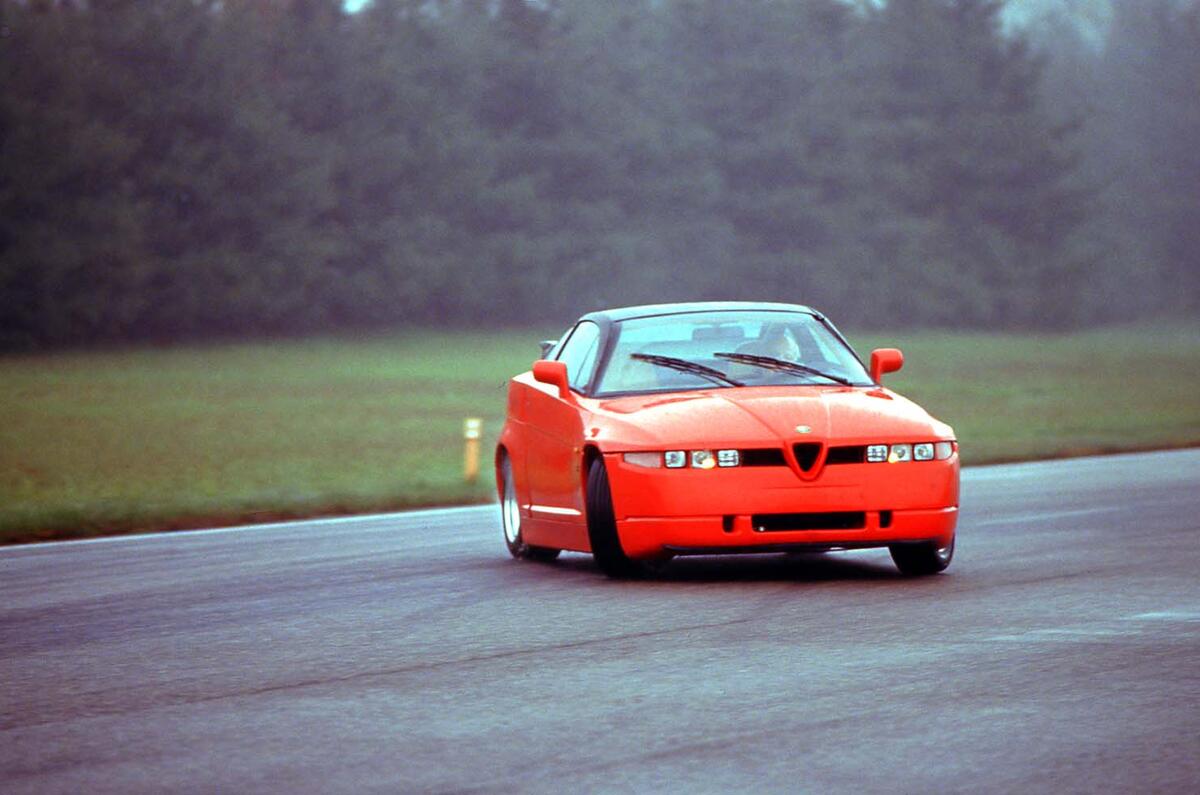
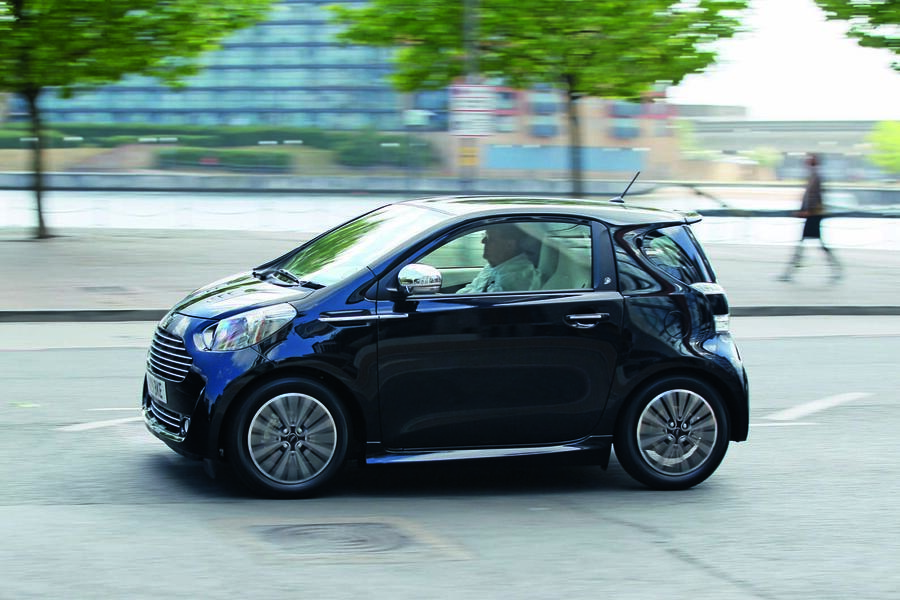
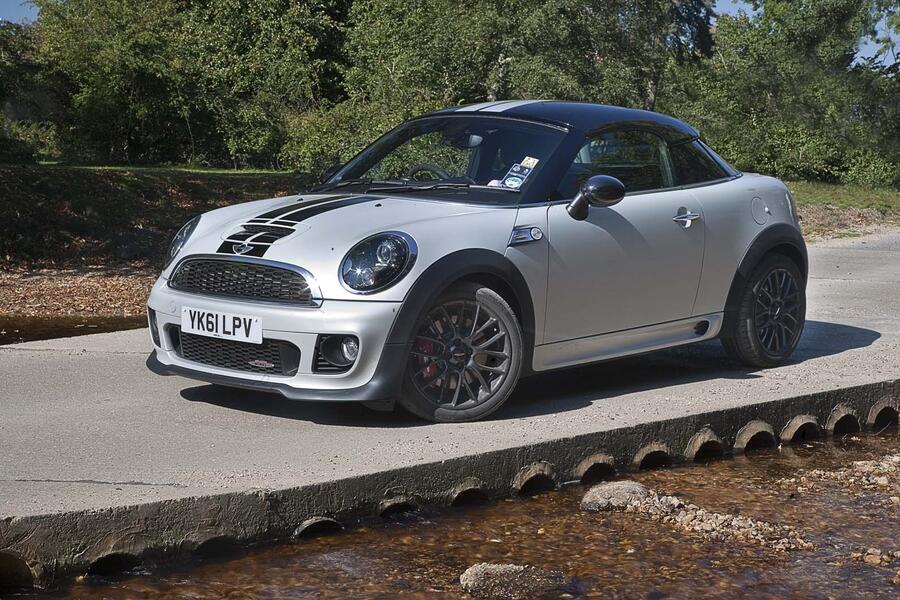
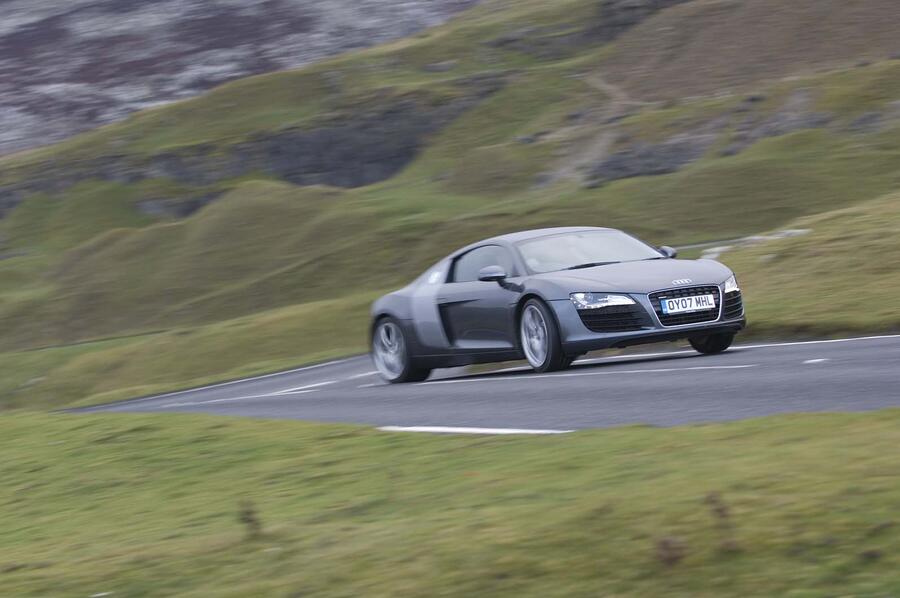
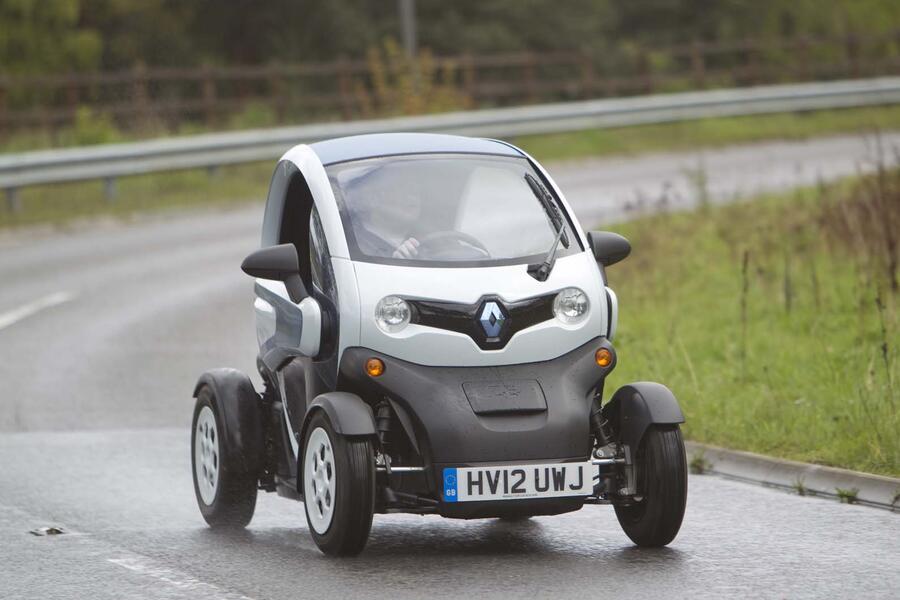

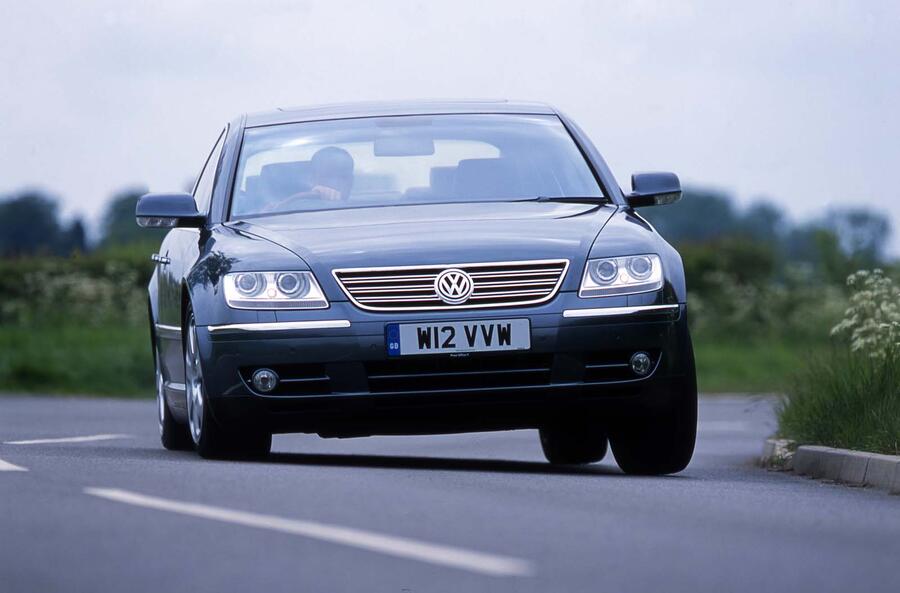
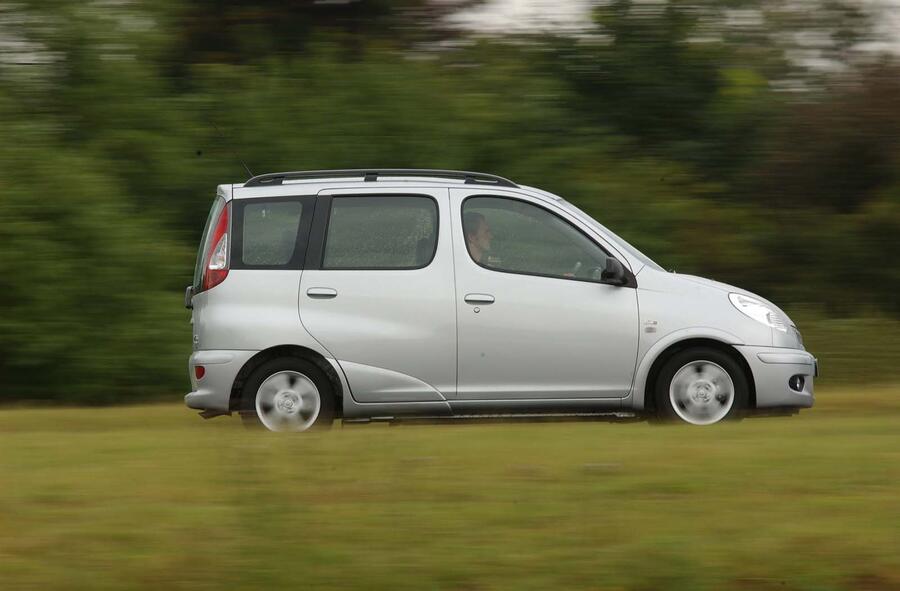
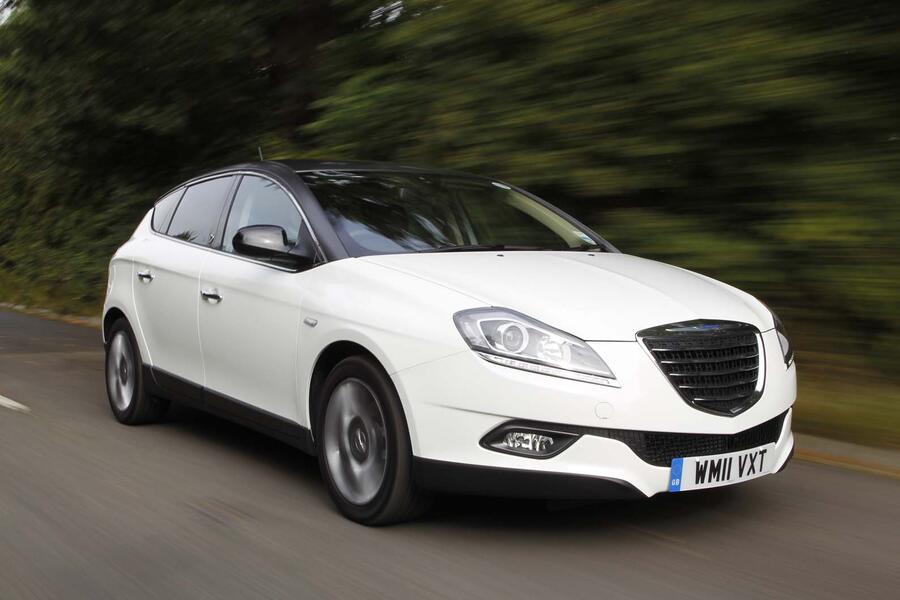
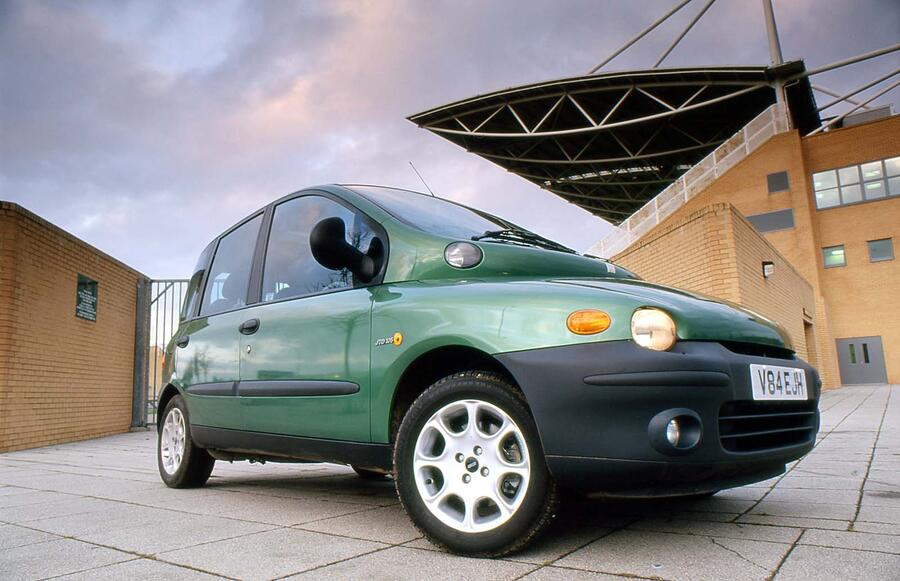
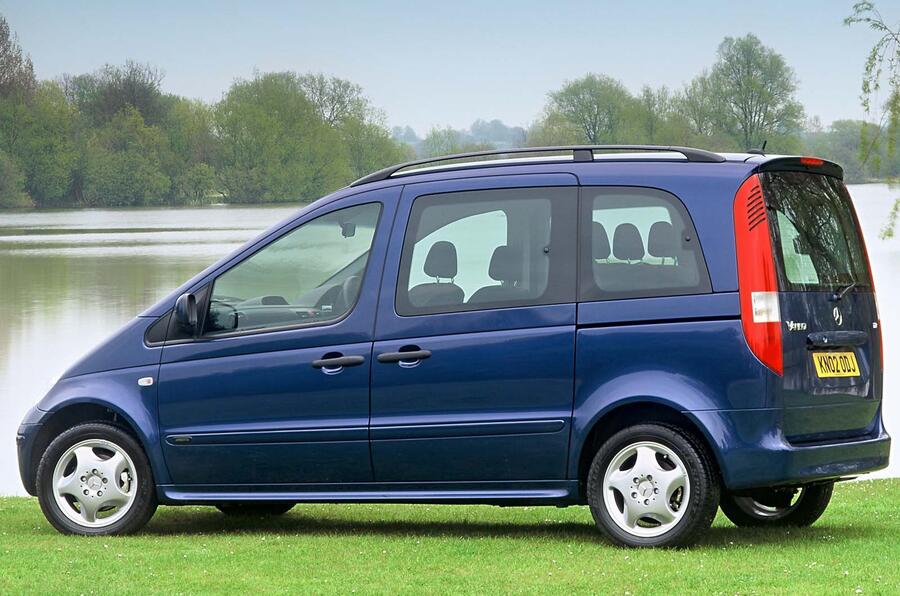
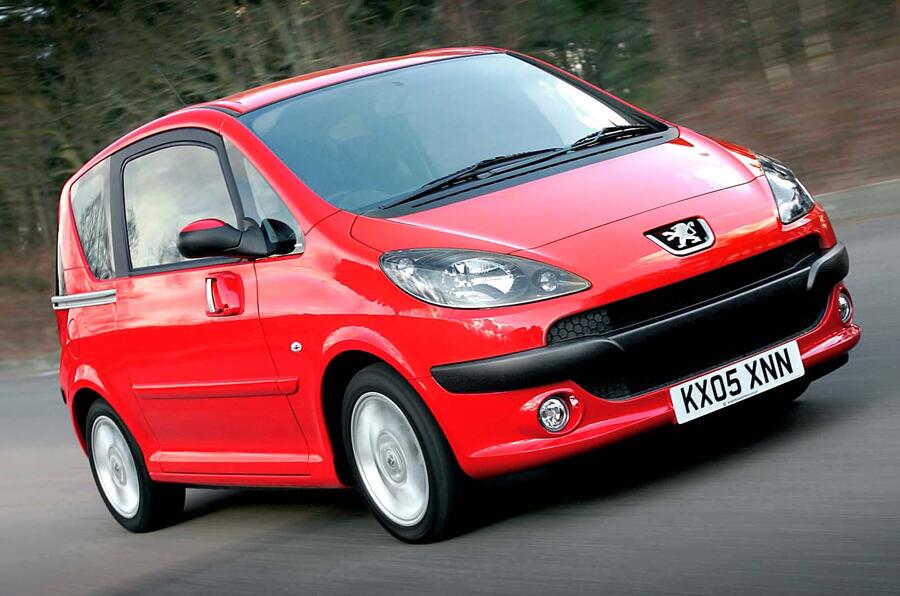
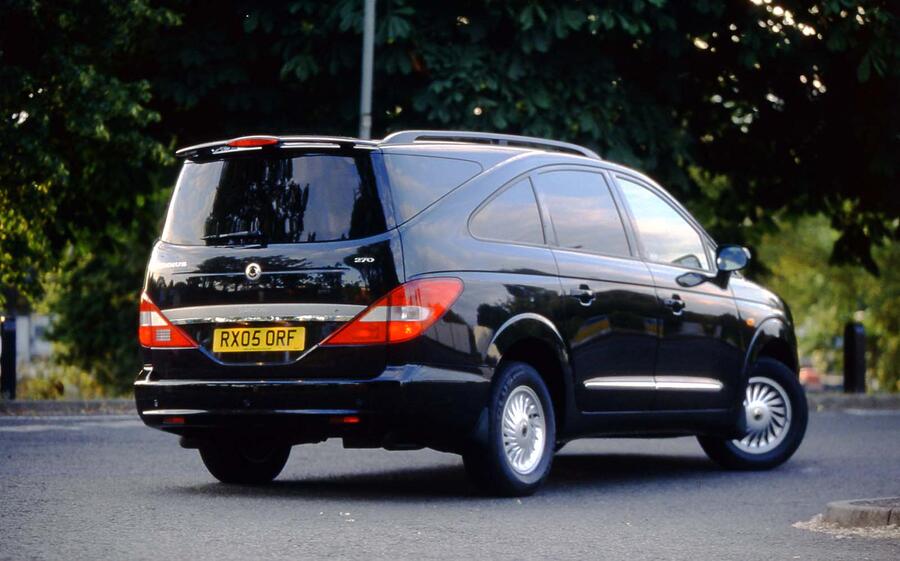
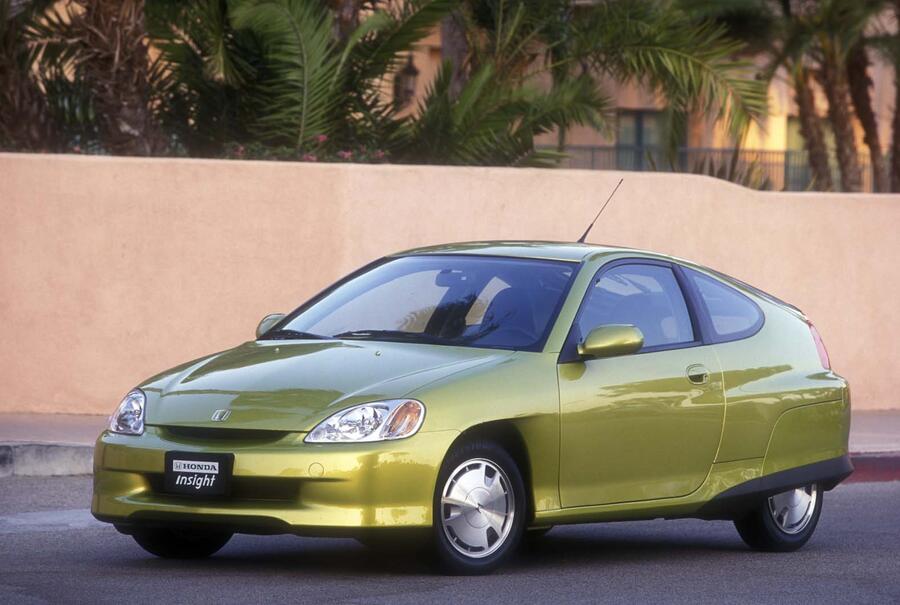
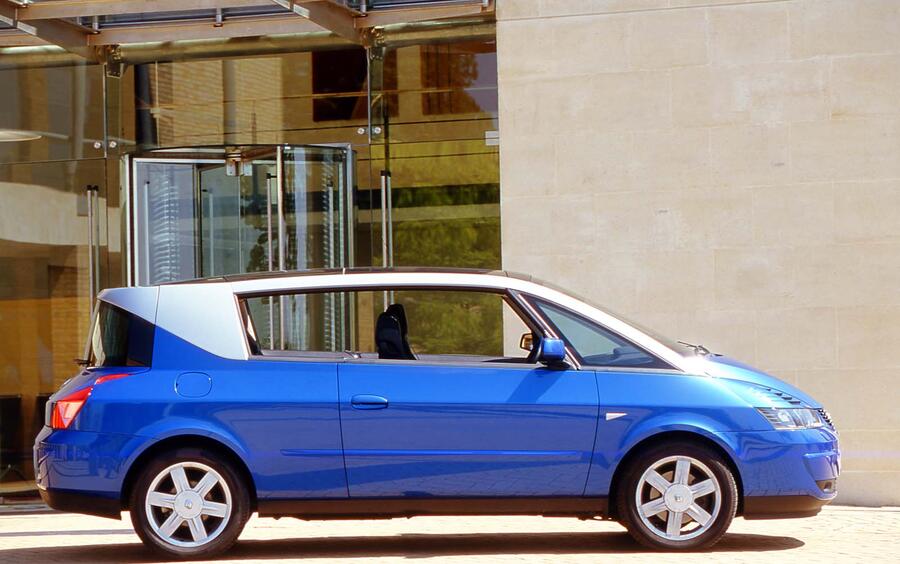

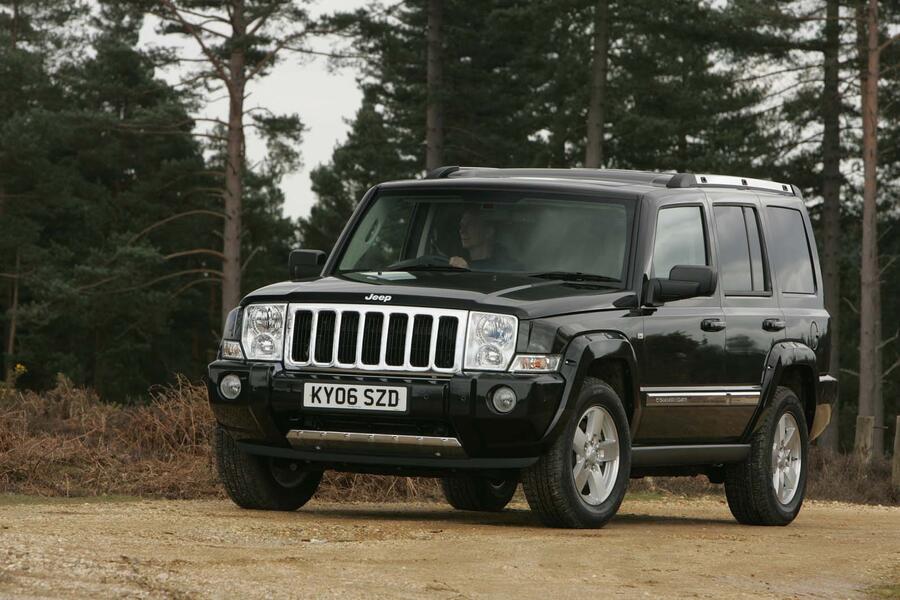
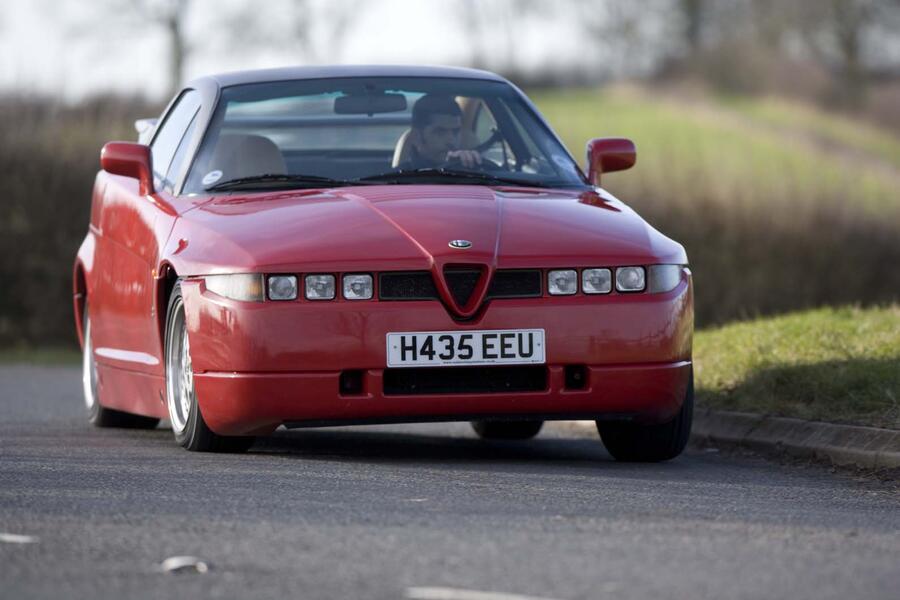
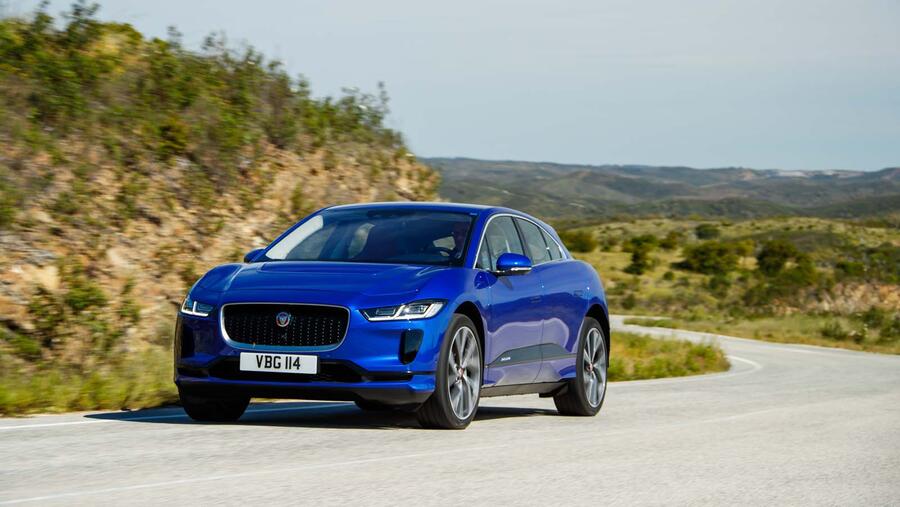
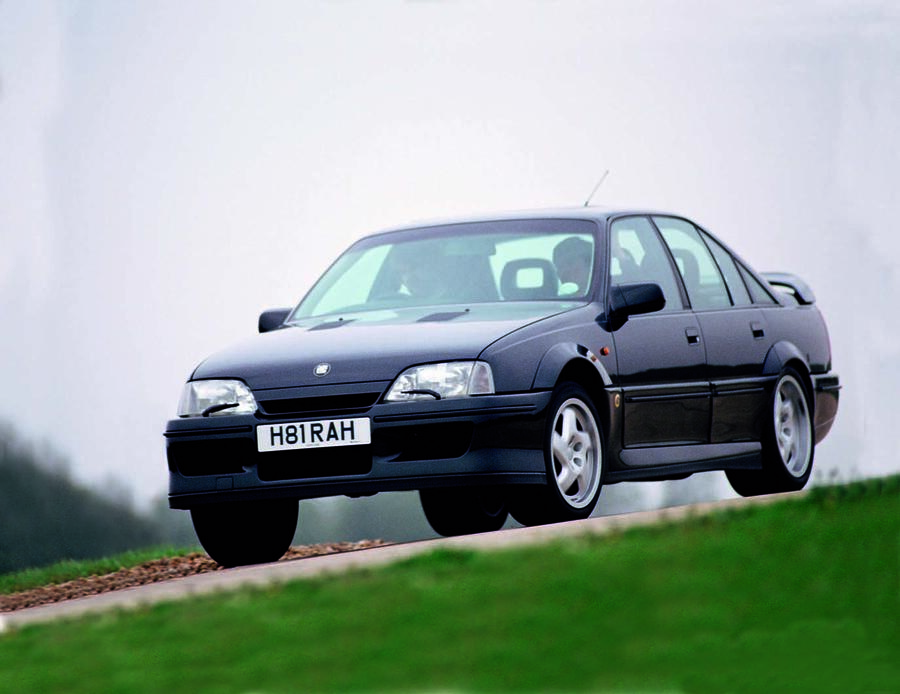
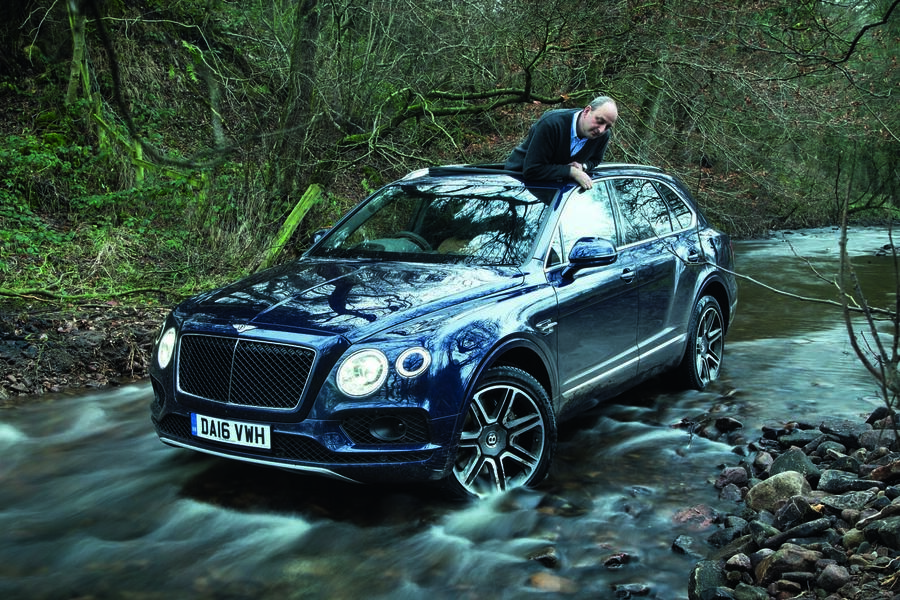
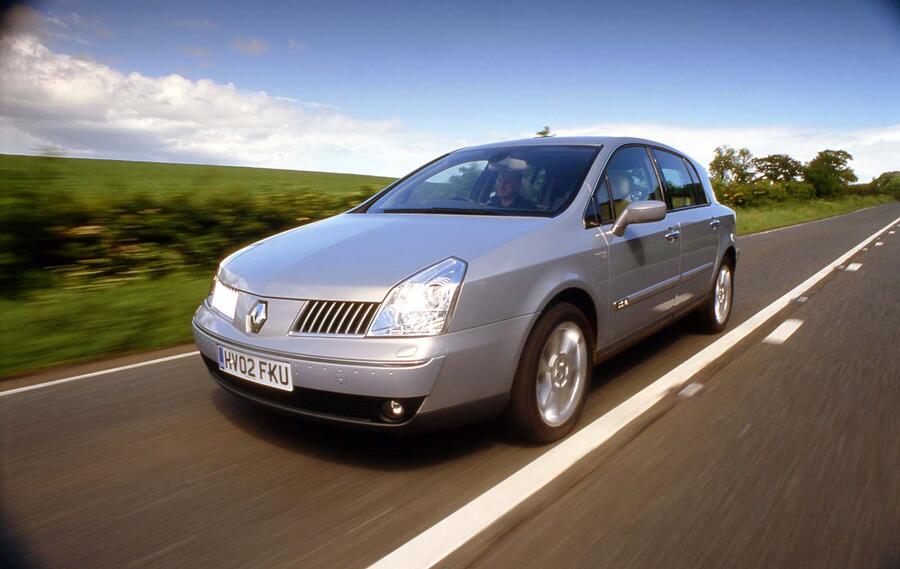
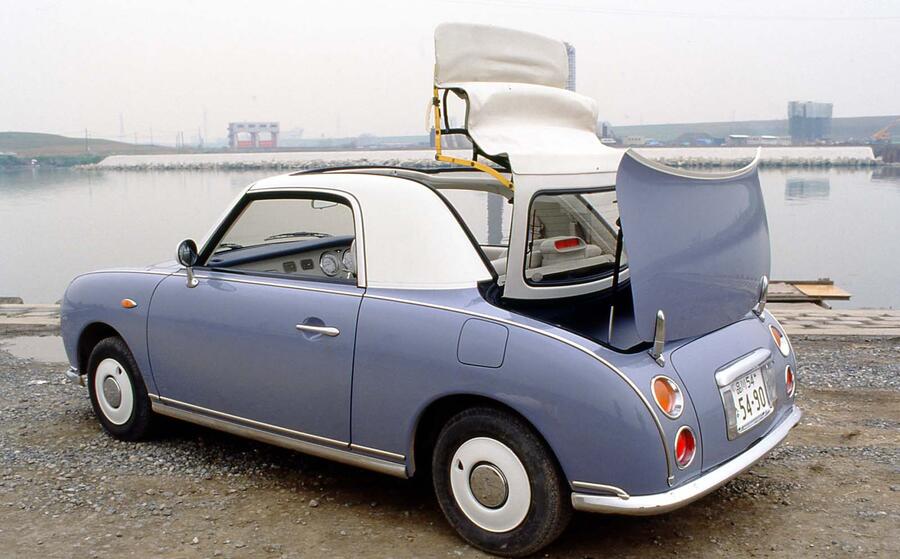
Join the debate
Peter Cavellini
Odd balls...
Yes there’s no doubt some car were designed after a heavy night on the Beer, but the Alfa and the Bentley are fine, infact the Alfa would be ok, so there no bling on the front, it doesn’t need it and the Bentley, well I saw one up close the other day and I liked it, it was in a nice shade of Purple, it looked like the owner had not long got it, the worst car out of this list is....the Rodious, they couldn’t even be bot to give it an appealing name...!
Peter Cavellini.
triggerhappy
Nissan 901
actually a lot of Nissans were desirable and fun back in those days: primera gt, pulsar gti-r, silvia/180/200/240sx, 300zx, skyline gtt/gtr. Nissan was one of the most fun car making producers.
jason_recliner
triggerhappy wrote:
Yeah, that was an odd statement. And then there was the Pao, Figaro, Cedric, Laurel... Posibly the most interesting model range of any mainstream manufacturer!
Also, can't believe I'm agreeing with Cavellini, but the SZ looks FANTASTIC to my eyes. One of my realistically-near-obtainable dream cars.
Deputy
Cygnet
Aston did the Cygnet as a pre emptive strike against 'average fleet emissions' regs - it was the lowest CO2 car at the time with minimal engineering effort required. Those regs never came in so it was dropped. Sensible really and meant you could still have your V12 and V8s !
SamVimes1972
I sat in a Rhodius when one
I sat in a Rhodius when one arrived as my taxi on a night out. The interior was mid 90s Hyundai but it DID carry 7 passengers to the pub so I guess it's fit for purpose.
Fond memories of the hype around the Lotus Carlton. I can still remember the article Russell Bulgin wrote in car about maxing one out on the autobahn. If the car drove half as well as he wrote that piece it would have been amazing.
Thekrankis
Oh dear....
Not sure what that says about me...
Thekrankis
Lotus Carlton
Was the last time I owned a too-potent car in Britain.
I realised then that you could hardly ever use its raw power anywhere, and certainly not legally.
Thats why I made the switch to small fun cars like my ‘71 Cooper.
The mini is still a blast to thrash and makes me grin from ear to ear, even if I am not actually travelling very quickly.
Takeitslowly
Thekrankis wrote:
Wow, what was the FIRST "too-potent car", you owned in Britain...or any other country for that matter?.
si73
Thekrankis wrote:
I completely agree that small fun cars are more useable in the UK, though I think if I had the lotus Carlton and sold it for the reasons you mention I'd have been tempted to just downsize to the equally awesome, to my eyes, Carlton gsi 3000.
I've always been a fan of lower powered small cars.
Takeitslowly
Thekrankis wrote:
What it says about you, is that you should have added the full stop after naming the Insight. Do you really expect the rest of us to believe you bought and ran a Lotus Carlton?.
Post proof and show us our scepticism is not fully justified.
Then you post again to impress upon us further, that you REALLY DID own that LC and then swapped it out for... an MC...cos thats what happens in real life, sigh.
Pages
Add your comment